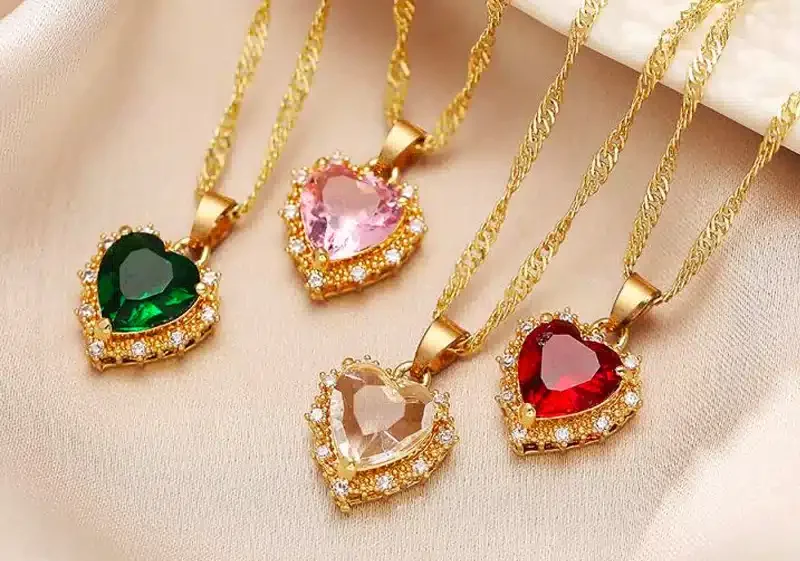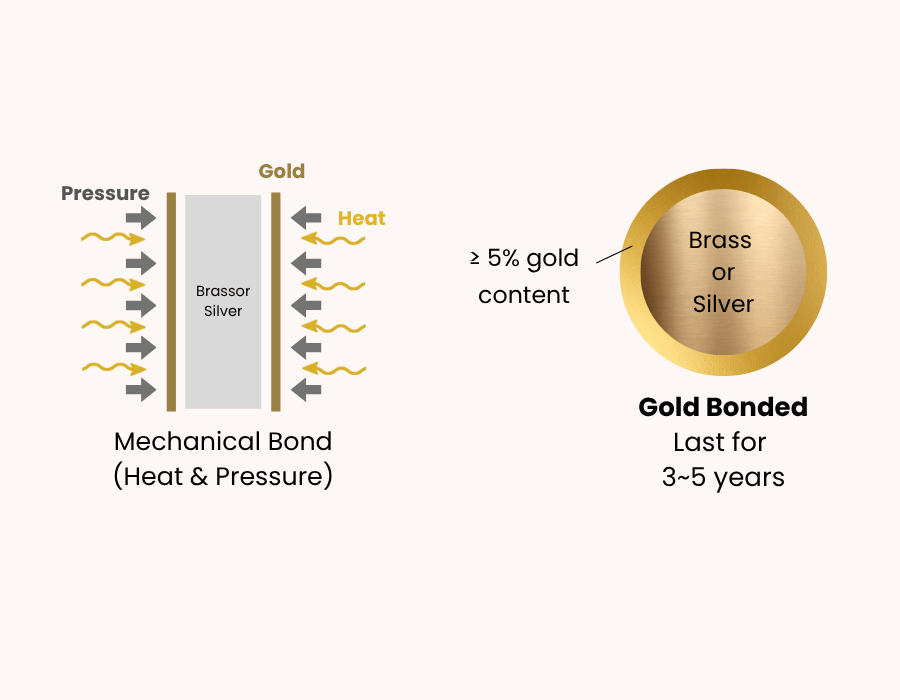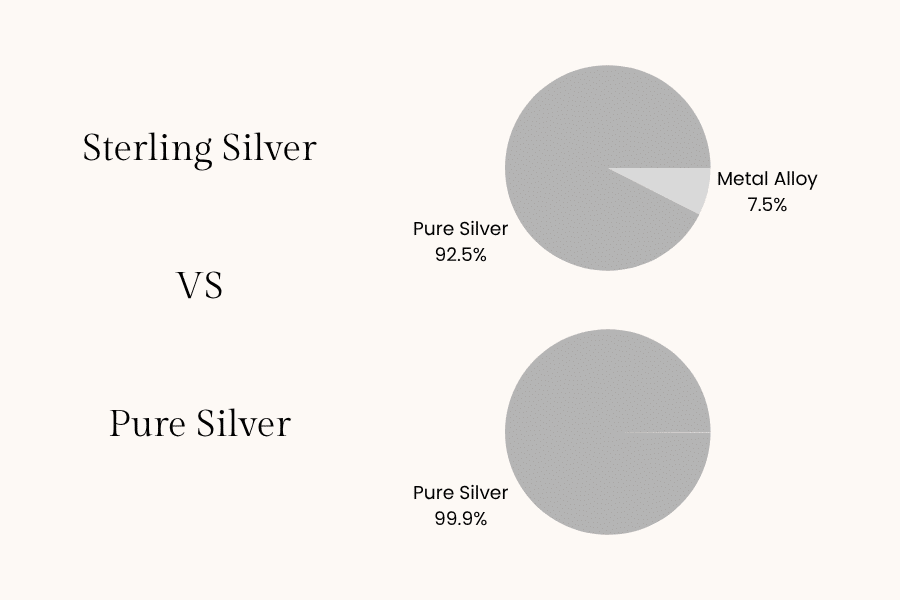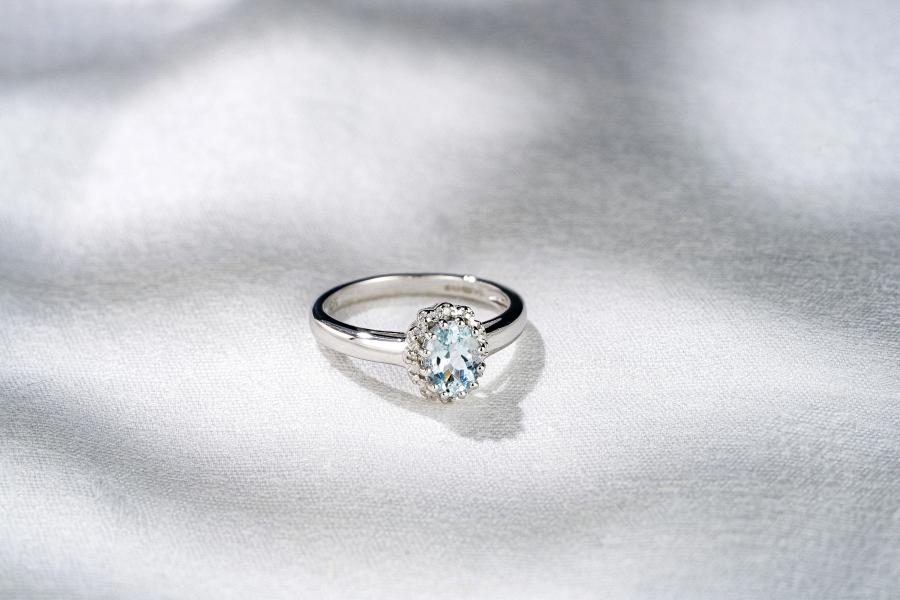A birthstone is a peculiar gemstone that represents a person’s month of birth. Birthstones are often integrated in jewelry pieces like necklaces, rings, and bracelets.
The origin of birthstones dates back to centuries ago as far as the biblical times. Historians believe that the 12 gemstones on Aaron’s breastplate were referring to the twelve tribes of Israel. And these stones offer specific powers, resulting in people wearing them as talismans or for therapeutic benefits.
Over the years, these gemstones have been modernized into birthstones for every month (January to December). In this post, we will make a comparison between the traditional birthstones and modern birthstones, discussing the differences between them.
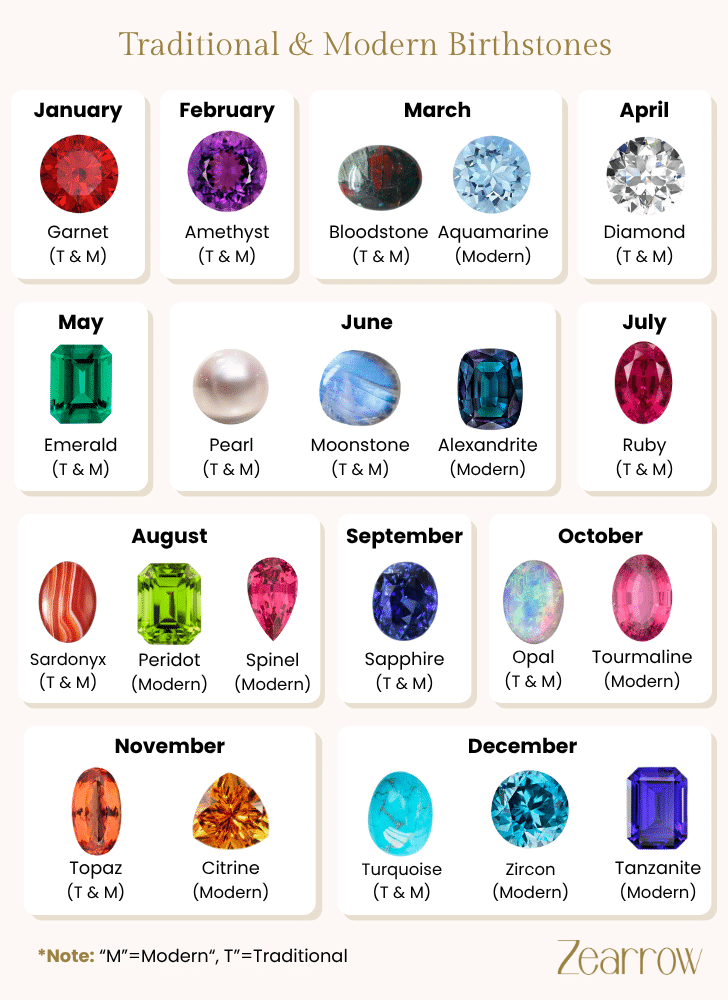
Traditional and Modern Birthstones Chart By Month
Here is a Chart for traditional and modern birthstones by month. Traditional birthstones have historical and cultural origins, while modern birthstones were standardized by the Jewelers of America in 1912 and have been updated over time.
| Month | Traditional Birthstone(s) | Modern Birthstone(s) |
| January | Garnet | |
| February | Amethyst | |
| March | Bloodstone | Aquamarine, Bloodstone (UK) |
| April | Diamond | |
| May | Emerald | |
| June | Pearl, Moonstone | Pearl, Moonstone, Alexandrite |
| July | Ruby | |
| August | Sardonyx | Sardonyx, Peridot, Spinel |
| September | Sapphire | |
| October | Opal | Opal, Tourmaline |
| November | Topaz | Topaz, Citrine |
| December | Turquoise | Turquoise, Zircon, Tanzanite |
What are the Differences between Modern and Traditional Birthstones?
When comparing modern vs. traditional birthstones, the differences go beyond just the types of gems used. They reflect a shift in cultural traditions, commercial preferences, and historical origins. Below is a comprehensive explanation highlighting the main distinctions.
| Feature | Traditional Birthstones | Modern Birthstones |
| Historical Origin | Biblical and ancient roots | Standardized by Jewelers of America (1912) |
| Types of Gems | Opaque and transparent | Mostly transparent |
| Selection Criteria | Symbolic, spiritual, cultural significance | Commercial viability and aesthetic appeal |
| Number of Stones per Month | Typically one | Some months have multiple options |
| Recent Updates | Rarely changed | Updated (e.g., Spinel in 2016, Tanzanite in 2002) |
1. Key Differences at a Glance
- More Variety for Certain Months: June, August, October, and December have multiple modern birthstones, giving consumers more options for style and symbolism.
- Cultural vs. Commercial Influence: Traditional birthstones are rooted in ancient customs, often influenced by religion or local lore. Modern stones were selected based on gemstone availability, market demand, and jewelry design trends.
- Recent Additions for Modern Appeal:
- Spinel was added to August’s list in 2016, bringing a vibrant alternative to Peridot.
- Tanzanite, discovered in the 1960s, was officially added for December in 2002, offering a richly colored choice alongside Turquoise and Zircon.
2. Historical Factor
- Traditional Birthstones
The idea of birthstones dates back to biblical times, with links to the 12 stones in Aaron’s breastplate, as described by the historian Josephus. He believed each stone represented one of the 12 tribes of Israel.
However, interpretations varied—George Frederick Kunz, a well-known American mineralogist, believed Josephus referred to the Second Temple’s breastplate, not Aaron’s.
By the 8th and 9th centuries, the practice evolved to wearing one stone per month. Eventually, this transitioned into associating one gemstone with each birth month, forming the basis of the traditional birthstone system.
- Modern Birthstones
To bring clarity and consistency, the National Association of Jewelers in the U.S. formalized a modern list of birthstones in 1912. This list aimed to reduce confusion and offer standardized options for each month.
Since then, updates have been made to reflect gemstone availability, global sourcing, and changing consumer preferences. For instance, Tourmaline was added as a modern October stone alongside Opal, due to its vibrant color options and market appeal.
3. Different Types of Gems
- Traditional Birthstones
These are a mix of transparent and opaque stones, often selected based on their symbolic, spiritual, or cultural significance rather than just appearance.
They include gems that were widely available in ancient trade routes, such as Bloodstone, Sardonyx, and Turquoise.
- Modern Birthstones
Modern selections focus on transparent gems, allowing jewelers to craft pieces that align with contemporary aesthetics. This shift made room for stones like Alexandrite and Tanzanite, which offer unique optical effects and appeal to modern tastes.
Why Do Some Months Have Multiple Birthstones?
You would have noticed that some months have more than 1 birthstone. These are the reasons for that:
- Historically, some regions had varying cultures, resulting in how the birthstones were recognized. For example, in the traditional list, June birthstone are pearl and moonstone.
- In recent years, gemologists and mineralogists have discovered newer gemstones, which has resulted in updates of the birthstone lists. This is why you have 2 modern birthstones for November (Golden Topaz and Citrine) and 3 modern birthstones for December (Blue Zircon, Blue Topaz, and Tanzanite).
- The inclusion of more birthstones for every month offers a wider range of choices. Depending on your budget, you can choose an affordable option without compromising your taste. For example, in the modern list, December has 3 birthstones, which are priced differently;
- Blue Topaz: Most affordable
- Blue Zircon: Moderately priced
- Tanzanite: Quite expensive because of its rarity
What are the Price-Affected Issues When Selecting Your Birthstones?
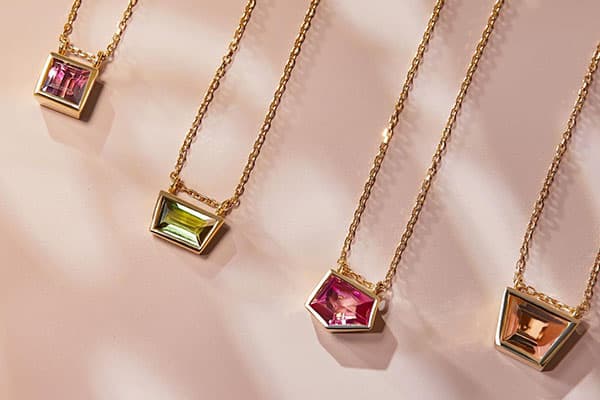
There are a number of factors you need to consider when selecting the stone to add to your birthstone jewelry. They include:
Color
Check the color thoroughly to see how natural and intense it is. The more pure and vivid the color, the higher the value of the birthstone. For example, quality Amethyst has a deep, rich purple color that commands attention and makes you stand out in any gathering.
On the other hand, there are some gemstones usually treated to enhance their color. These types are often priced low because they tend to lose their luster and shine over time.
Clarity
Birthstones by month are also selected based on how clear they are. Those with fewer or no impurities are more costly. Impurities in this context means inclusions (internal flaws) and blemishes (outer flaws).
Imperfections affect the free flow of light across the gemstones, which impacts how beautiful they appear. Thus, birthstones with lesser inclusions and blemishes have higher prices.
Gemstones like Diamonds and Tanzanite cost more because of their high degree of clarity. But stones like Emerald and Blue Zircon have more imperfections, which reduces their clarity standards.
Rarity
The more rare a birthstone is, the more costly it will be. This is most common with precious gemstones like Diamond, Ruby, Emerald, and Sapphire. They are very hard to find and have a high market demand because of their uniqueness.
But common birthstones like Topaz, Tourmaline, Amethyst, and Citrine are less expensive because they are easier to find in large quantities.
Cut and Carat
Naturally, birthstones come in uneven and irregular shapes, requiring that they are cut properly. How a birthstone is cut affects its brilliance and color. This goes as far as impacting its overall appeal and value. Poorly cut stones irrespective of their quality won’t allow light pass through to reflect their beauty and radiance.
Also, the carat weight of the birthstone influences the price. Larger stones are harder to find and more valuable. A 2-carat birthstone is more expensive than a 1-carat birthstone.
Which Birthstone Is the Most Expensive?
The most expensive birthstone is generally considered to be the Diamond, which is the birthstone for April.
Here’s why:
- High market demand (for engagement rings and luxury jewelry)
- Hardness and durability (rated 10 on the Mohs scale)
- Brilliance and rarity (especially in higher color/clarity grades)
- Cultural symbolism (eternal love, purity, wealth)
Importance of Birthstone Durability and Hardness
The hardness and durability of your birthstone is crucial in how long they will last without losing their luster and shine. To know how strong birthstones are, the Mohs scale is used. This scale grades birthstones hardness and durability by measuring their resistance to damaging components.
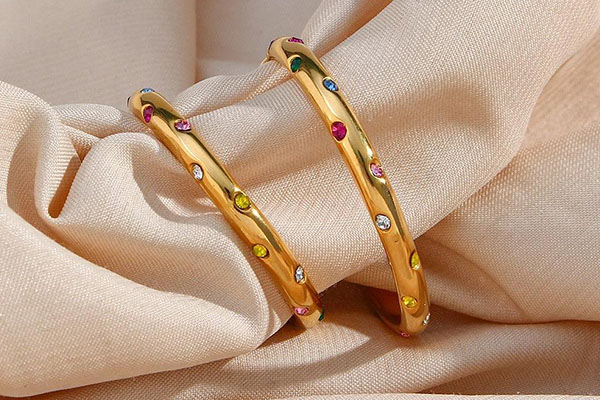
Below is a table of the hardest and weakest birthstones:
The Top 5 Hardest Birthstones
| Birthstone | Mohs Scale |
| Diamond(Apr.) | 10 |
| Sapphire(Sept.) | 9 |
| Ruby(Jul.) | 9 |
| Alexandrite(Jun.) | 8.5 |
| Topaz(Nov.) | 8 |
The Two Weakest Birthstones
| Birthstone | Mohs Scale |
| Pearl(Jun.) | 2.5 |
| Opal(Oct.) | 5.5 |
Conclusion
Despite the evolution of birthstones across centuries, they are still popular. In fact, their inclusion in jewelry pieces has made them retain their peculiarity.
Now that you know the difference between birthstones modern vs traditional birthstones and the factors that affect their pricing & quality, it’s important that you get a professional jewelry manufacturer with verifiable experience and technical know-how to meet your specifications.
